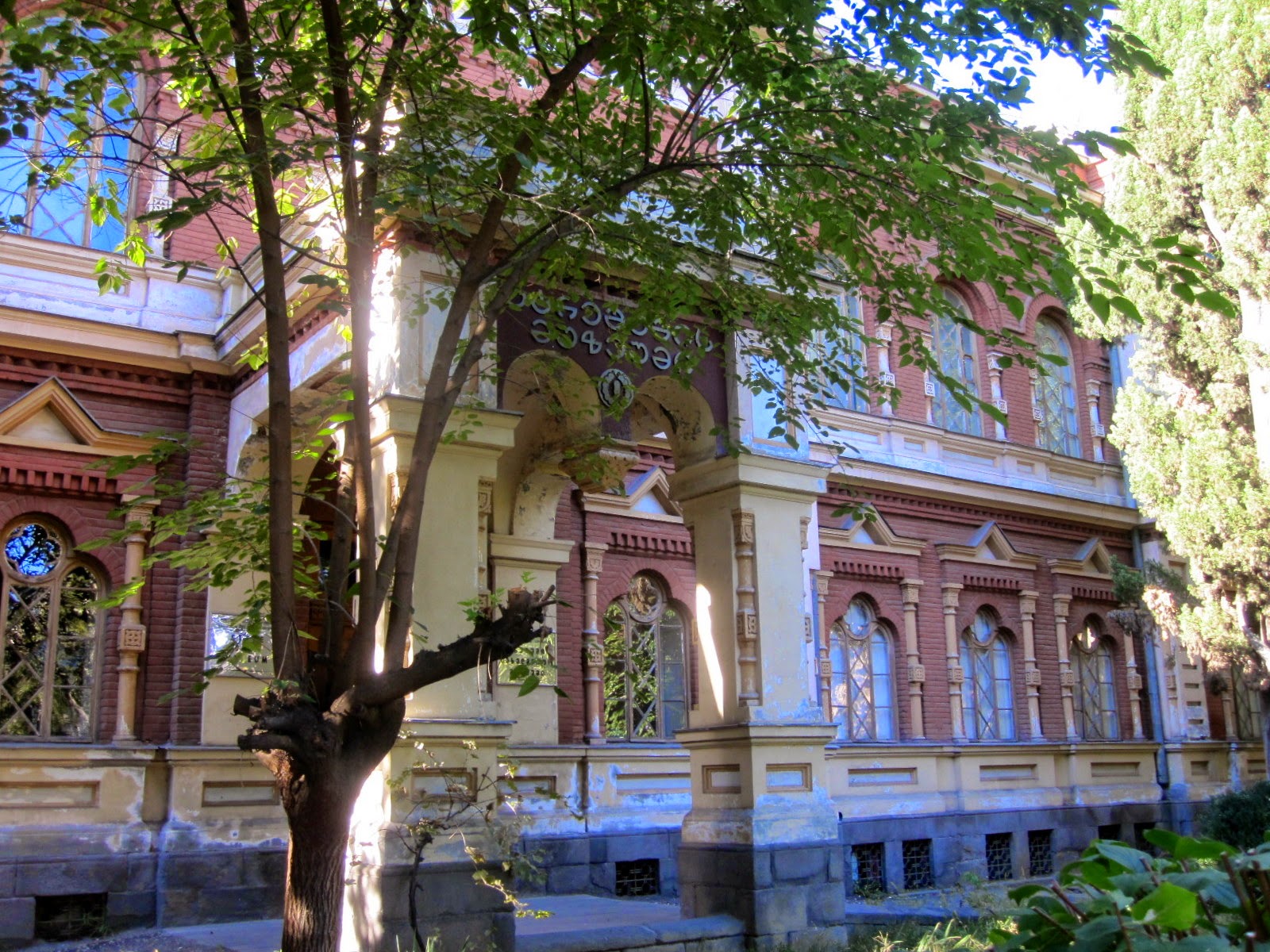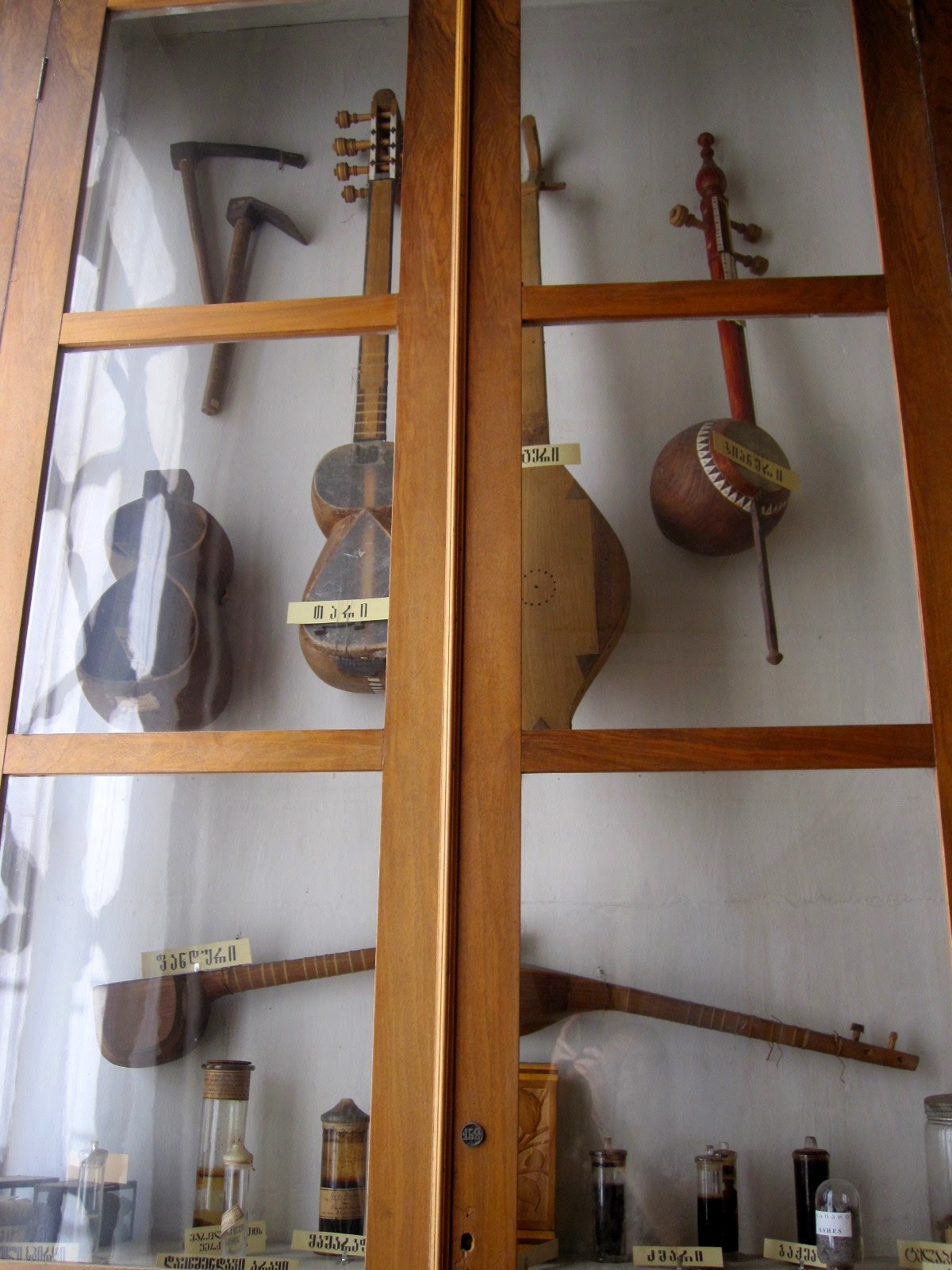 |
| The silk worm/butterfly |
The Silk Road is famous for, as we know it...the transfer of great silk to the West..These caravans left China and went to all parts of Europe and Asia to sell their goods. A better term would really be the "Silk Roads", for there were many. To the west, to Europe, but also to the South, to the Middle East, etc..
The Silk Roads were very active in the Middle Ages, and today we call them trading routes, remnants of the great age of caravans and trading in Asia and Eastern Europe. The products may be computer chips and crude oil, we no longer carry them on camel backs, but the idea is the same.
 |
| Trading spices from the East in Europe |
 |
| Georgian carpets in Tbilisi, Georgia |
It is evident that the Silk Road merchants carried more than silk. Spices, carpets, tools, jewelry, ideas... and who could forget Marco Polo and the great noodle/pasta controversy. Italian? Chinese? A mixture of both? Either way, we love macaroni...
So, people traveled great distances and came in contact with other civilizations. They came home and told of their travels, showed their goods, and gave ideas a new twist. They rested in caravansarai, such as the one on Kote Afkhasi Street in Tbilisi, and shared their adventures. Then they continued their journey and brought news of China, of Siberia, or the Middle East or, of the great food prepared by those kartvelis. You have to wonder whether or not khinkali were also brought from China, or was it the opposite? :)
Back to silk...
Georgia did for centuries have its own flourishing silk agriculture. The silk worm was unfortunately decimated by a disease from the west, called Pébrine, in the 1860's.
The Caucasian Sericulture Station was born in 1887 in Tbilisi, as an effort to revive the ancient knowledge of silk making, with extensive plantings of tutta, the silkworm tree, morus alba, commonly called the mulberry, and many buildings needed for that culture were built around the site of the present museum.
As described on this site http://www.silkmuseum.ge, webpage of the State Silk Museum, it was ...
 |
| The many silk butterflies |
"the desire of the Russian Empire to make a typical colony of Georgia and thus turn it into a market for the industrial produce of the metropolis and a supplier of raw materials...with the development of such fields in Georgia that were non-existent in Russia.
The Agricultural Society, the Sericulture Station, the Phylloxera Committee, the Cottage Industry Committee and the Local Agricultural Organization were founded with the purpose to develop sericulture, horticulture, tea-growing and other fields of agriculture."
The State Silk Museum of Tbilisi is right next
to the great sports center called Dinamo.
Its address is: 6 Tsabadze Street.
Its phone number is: +995-32 234 09 67.
If you were to walk Aghmashenebeli Avenue from the old neighborhood with the beautiful old balconies, through the newly restored part, visiting Park Djanzug Kakhidze on the way, and continued walking to the other end of Aghmashenebeli, a walk I highly recommend, you would then be heading straight to the State Silk Museum. A wonderful and cool environment after such a long walk, but absolutely a very interesting place to visit.
Spend some time admiring the building on the outside first. It is incredible in its details. The little park out front is quite unappealing, but the museum makes up for it inside. It may appear old and dusty, but there are treasures to see and lessons to learn..I promise!
 |
| The beautiful façade of the museum! |
 |
| Marqueterie floors in the museum |
 |
| The library is incredible! |
The building was erected in 1892 and is a beautiful example of architecture, inside and out. It is considered an important national heritage. It was designed by a Polish-Lithuanian architect, Alexander Szymkiewicz, who lived in Tbilisi at the time and can be thanked also for a variety of other building designs, such as the Rustaveli Theater. His present to Georgia has been returned by housing the Embassy, isn't that fun?
 |
| spinning the silk |
Only the main building remains. The cocoon house, the silk spinning and reeling mills, the nursery are all gone, unfortunately.
Inside are tools for harvesting tutta, or mulberry leaves, spinning tools, cocoons of all kinds, and shapes, silks...
We were thrilled to have a private tour. Not many Georgians have been or know of the existence of this museum, but it certainly is a great teaching tool.
The mulberry is a fast growing tree, but does not make a great addition in your yard. It drops leaves everywhere, and droops. However, it is of major importance for the worms, who are very voracious. We were amazed to see the size of some of these worms, and the care needed to obtain a good cocoon. The mulberry wood is a good wood to make musical instruments, as well as other instruments of all kinds, and there are many beautiful examples of this in the museum.
 |
| Cocoon strung to dry |
 |
| Musical instruments made out of mulberry wood |
It is unfortunate that silk is no longer made in Georgia, for the sample of last centuries displayed in the museum reveal magnificent works of art. It is nowadays difficult to find silk items made in Georgia, since, once again....China has taken over the market! You can't say things don't go around in this world, right?
 |
| wooden blocks used to print on silk |
 |
| Georgian woman doll with example of silk and silk lace |
A new garden variety of "merchant travelers" has come alive recently, globetrotters interested in discovering the true natives, their customs, their everyday lives, their history and their civilization, away from tourist busses and major tour operators. That is the only way to befriend our fellow humans.
This museum speaks of their toils, their troubles, and their accomplishments. A truly interesting site!
So glad you came to visit. Please feel free to leave a comment.
Contact Giga on his Facebook page
for a fun travel time in Georgia.
or message us directly at:
Menu Voyage
Menu Voyage


No comments:
Post a Comment